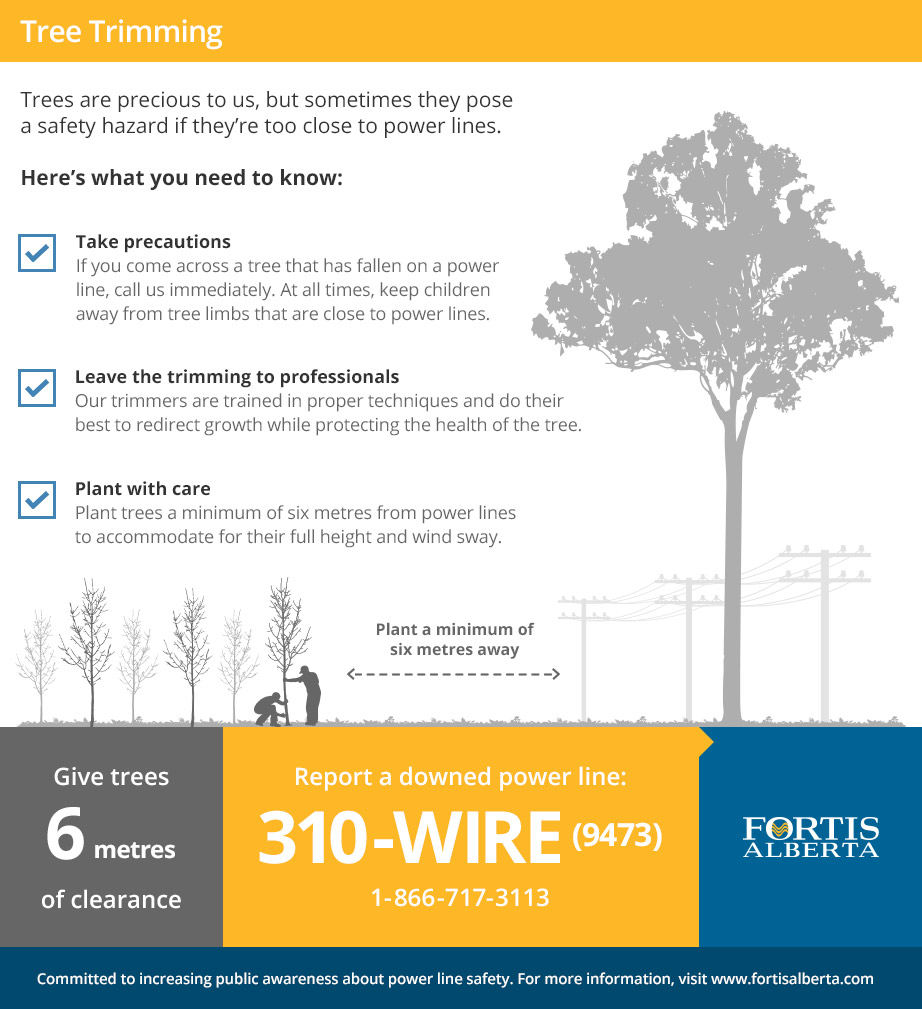The Future Of Trees: How To Identify When Elimination Is Required
The Future Of Trees: How To Identify When Elimination Is Required
Blog Article
Writer-Lindgaard Goldman
If you have actually ever questioned the destiny of the trees on your residential or commercial property, comprehending when it's time for elimination is important. Yet just how do you identify if a tree can be saved or if elimination is the only choice? By trying to find specific signs and assessing safety threats, you can make enlightened choices that profit both your landscape and your surroundings. Let's explore the crucial aspects that enter play when determining the fate of a tree and exactly how you can make certain the most effective outcome for your environment-friendly buddies.
Indicators of Tree Decrease
If you observe any of the complying with indications of tree decline in your backyard, it might be time to think about tree removal.
One typical sign is dead or worn out branches, which can indicate underlying concerns impacting the tree's health and wellness. Keep an eye out for discolored or shrivelled fallen leaves that continue even with correct care, as this could be a sign of disease or insects.
Another warning signal is excessive leaning or an obvious shift in the tree's base, which might recommend origin issues or architectural instability. Keep an eye out for fungal development on the trunk or roots, as this can suggest rot and endanger the tree's stability.
Additionally, if you observe big splits in the trunk or significant arm or legs, it's essential to address these concerns immediately to stop prospective risks. Dealing with these indications of tree decrease promptly can aid keep the security and aesthetic appeals of your yard setting.
Security Issues
To make certain the wellness of your home and those around you, prioritizing safety and security concerns associated with trees is critical. Trees can position different safety and security dangers if not correctly maintained. Dead or worn out branches might drop all of a sudden, threatening people or harmful structures.
Leaning trees can additionally be unsafe, especially if they're leaning in the direction of a building or power lines. In addition, trees with extensive origin systems near foundations or below ground utilities can create considerable damages with time.
It's critical to routinely inspect your trees for any indicators of prospective threat. Look out for cracks in the trunk, huge tooth cavities, or indications of illness and degeneration. If you observe any of these concerns, it's ideal to speak with a professional arborist to evaluate the circumstance and identify the necessary course of action.
Taking aggressive steps to resolve safety and security worries without delay can prevent mishaps and residential or commercial property damages in the future. Remember, the safety of your building and those around you ought to constantly be the leading priority when it pertains to tree maintenance.
Consulting an Arborist
When considering the health and safety of your trees, speaking with an arborist is a critical action. Arborists are educated professionals who concentrate on the treatment and upkeep of trees. visit the following post can assess the total health and wellness of your trees, recognize any issues such as diseases or architectural problems, and offer expert referrals on the very best course of action.
By getting in touch with an arborist, you can get useful insights right into the problem of your trees and establish whether removal is necessary. Arborists have the understanding and experience to evaluate the risks associated with maintaining a tree versus removing it. They can likewise use support on different solutions, such as trimming, cabling, or bracing, to aid protect the tree whenever feasible.
Furthermore, arborists can assist you browse any neighborhood policies or permits that might be needed for tree elimination. Their experience can make sure that the procedure is executed safely and in compliance with any applicable regulations.
Conclusion
In conclusion, when determining whether trees can be saved or if elimination is necessary, it is important to think about signs of decline and safety concerns. Consulting an arborist for an extensive evaluation is important in making the most effective decision for the tree's health and wellness and prospective dangers. Remember, aggressive treatment and prompt action can help maintain trees and avoid accidents.
